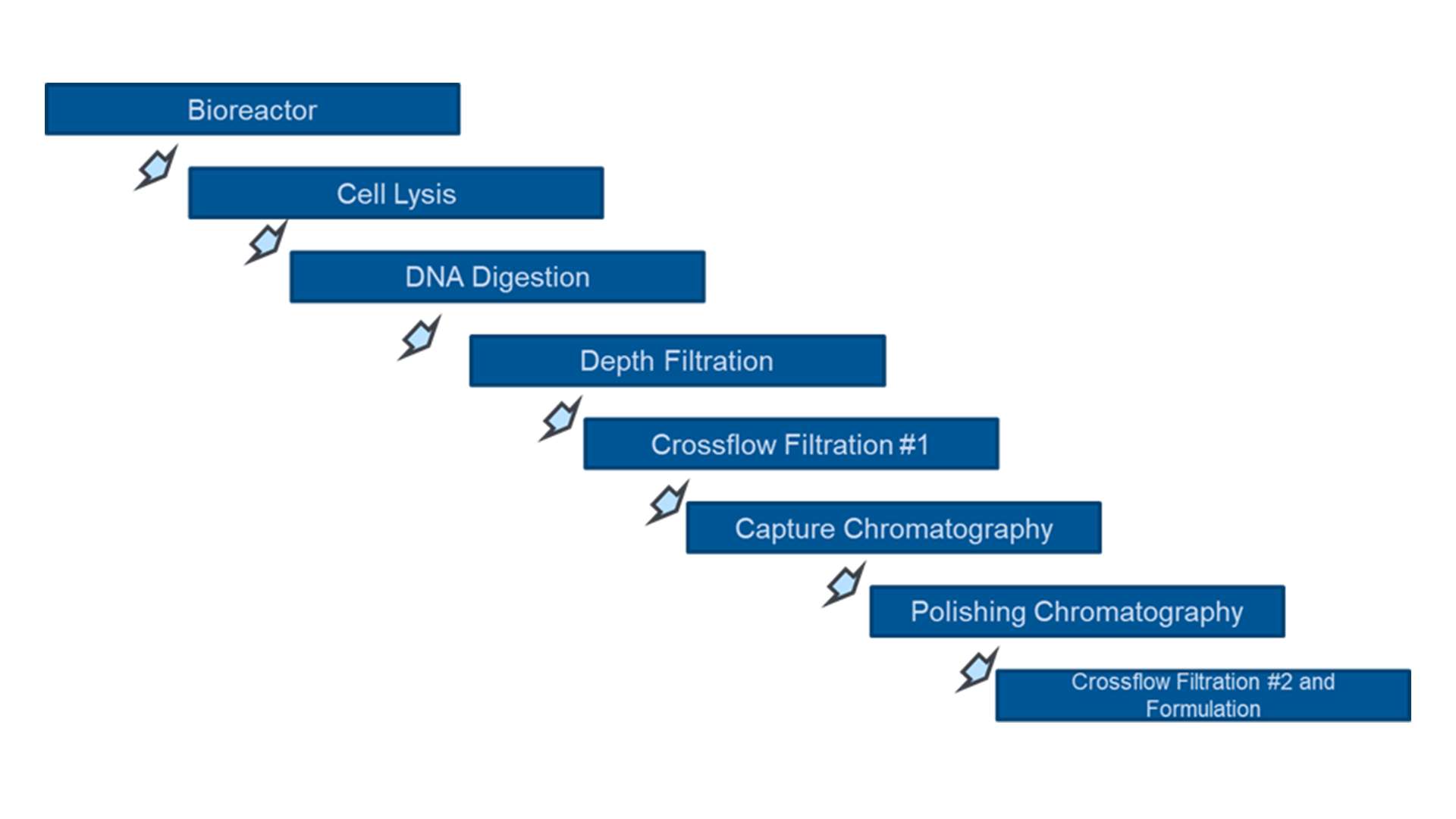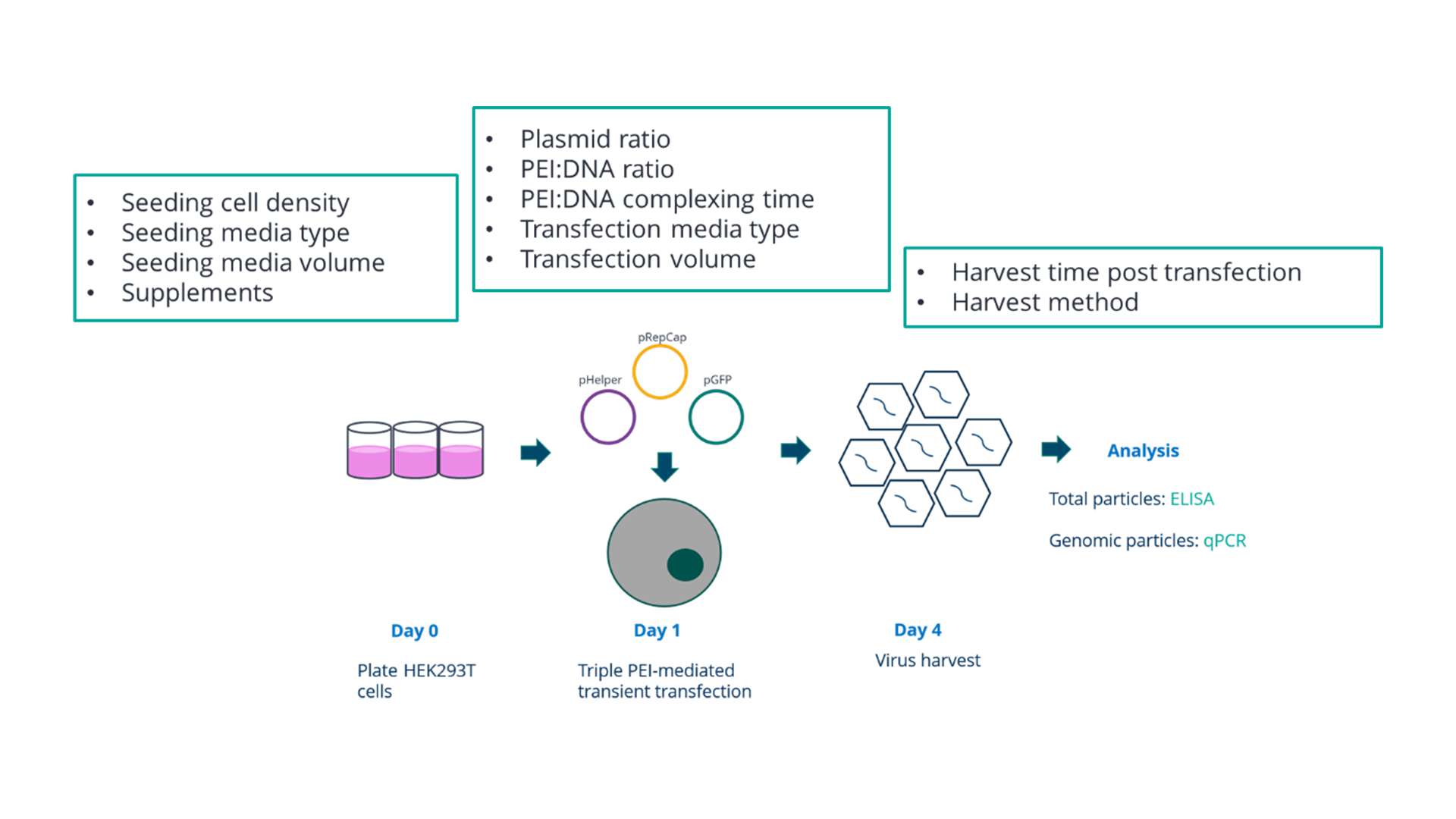Viral vectors for gene therapy: Revolutionising medicine
Commercial gene therapy products are appearing with over 350 clinical trials taking place in 2019 alone. So why is this area attracting so much attention?

Chief Technologist

The first commercial gene therapy products are appearing commercially, and the area is growing rapidly with over 350 clinical trials taking place in 2019 alone. So why is this area attracting so much attention?
What is gene therapy?
With biotherapeutics proteins, the protein is administered to the patient because they cannot produce enough of the protein required (insulin would be an example) or to achieve an effect such as blocking cell surface receptors (Herceptin blocking HER2 cell receptors to treat breast cancer would be an example).
In gene therapy, a different paradigm is adopted where a virus is used to deliver the genetic material needed to make a particular protein to cells. The cells own machinery then produce the protein that the cells were not able to before. The advantage of this is that the therapy is long-lasting and the cells will continue to produce the protein for several years effectively providing a cure. Also by suitable choice of viral vector, different tissue types can be targeted.
There are two main gene therapy variants:
In vitro – where patient cells are taken, and a viral vector used to introduce a specific gene to the patient’s cells. The cells are then transfused back into the patient.
In vivo – where a viral vector contains the gene of interest is injected into the patient, the virus targets a particular cell type, is infected by the virus and multiple copies of the protein are produced by the patient’s cells. The main viral vector used for in vivo gene therapy is adeno associated virus (AAV)
The complexity of AAV provide major challenges for AAV production for therapeutic use in three main areas.
- Upstream production
- Downstream purification
- Analytics to support development and manufacture
AAV is a true nanoparticle which is ca 25nm in diameter (see figure 1) comprising an outer capsid (made up of three proteins) which contain the double stranded DNA being delivered by the virus.
To produce AAV virus three plasmids need to be used to transfect the cells being used to produce the virus (typically a strain of HEK cell (human embryonic kidney cells)). These are widely used and available from cell culture collections.
The three plasmids are:
- Transgene plasmid (the gene for the protein of being delivered by the AAV)
- RepCap plasmid (capsid proteins)
- Helper plasmid (controls packaging of the gene)
The USP process and some of the process variables is shown in figure 2 for production using an adherent cell line, a common approach used for development processes. The plasmids are added to the cells together with PEI (polyethylenimine) after which the cells can be harvested 3 days later and the virus recovered.

Downstream purification then purifies the AAV particles produced. Development of purification processes have used the high throughput capabilities using scaled down approaches – chromatography resin slurry plates or miniature chromatography columns (Robocolumns). A platform process developed to purify AAV particles is shown in figure 2.

To support process development for AAV viral vectors CPI has developed a full suite of analytical methods to address the complexity of the product with multiple analyses necessary to be able to characterise key attributes listed in table 1.
Analysis | Method | Comments |
Total capsid titre | ELISA assay, Gyrolab | Total particle number |
Genomic particle titre | qPCR, ddPCR | Total particles containing the gene of interest |
Infectious/functional titre | qPCR, flow cytometry | Particles that are infectious |
Aggregation | Dynamic light scattering | Particle aggregation |
Residual impurities | HCP — ELISA, HCDNA — picogreen | Residual host cell protein and DNA |
Mis-incorporated DNA | Next generation sequencing | Particles containing genetic material not from the transgene |
CPI has developed expertise in all main aspects of producing scalable AAV manufacturing processes (USP, DSP, analytical toolkit) through collaborative programmes with Cobra Biologics, Gyroscope.
Therapeutics and GE/ Puridify. The organisation is in a strong position to support development of AAV therapies and has built an excellent knowledge base from which other viral vector and vaccine processes can be supported.

Enjoyed this article? Keep reading more expert insights...
CPI ensures that great inventions gets the best opportunity to become a successfully marketed product or process. We provide industry-relevant expertise and assets, supporting proof of concept and scale up services for the development of your innovative products and processes.